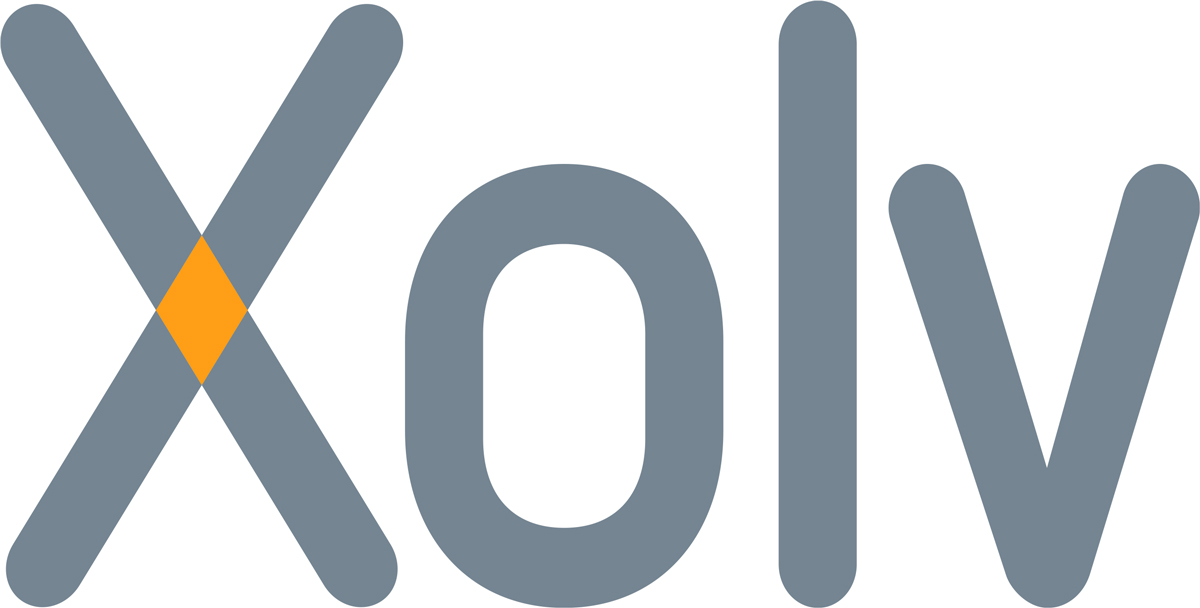It is exciting every time you open the newspaper or open a news website. How fast is purchasing power thundering back again? It took some swallowing, with the news that inflation came in at 17.1% in September, according to CBS. This unofficially smashed the record of 11.1 % set in January 1975. Klaas Knot, as chairman of De Nederlandsche Bank (DNB), threw some more oil on the fire, warning that inflation will remain high for some time to come. Fortunately, there have also been increasing signs recently that life is not becoming completely unaffordable.
Natural gas? Oil!
For instance, it is a favourable sign that the price of oil has taken a considerable slide in recent weeks. At the end of August, a barrel of Brent oil cost just under $95 a barrel. After the first week of March, that was still over $120. While the tightness in the natural gas market via higher energy prices is now getting all the attention, oil is working its way into the inflation figures in considerably more ways. Indeed, it is mainly a consequence of expensive oil that Dutch manufacturing output prices were 28 higher in July than a year earlier. But compared to a month earlier, a small decline was actually evident for the first time in almost two years. On futures exchanges, traders estimate that oil prices will fall to below USD 90 over the next year.
Hooray: savings rate rises
Another signal that we have probably reached the inflation peak is that the very people like Knot see the danger of high inflation. The European Central Bank (ECB) raised interest rates by 75 basis points in September. Higher interest rates inhibit economic growth. Among other things, it becomes more attractive for people to save and more difficult for companies to borrow money for new investments. If there is less demand for products and services, prices are less likely to rise. Another benefit of rapidly rising European interest rates is that it becomes more attractive to hold assets in euros rather than other currencies
Clear signal from capital market
Thanks to a more decisive move by the ECB, the euro's free fall against the dollar has at least temporarily halted. The European currency has even slightly outperformed the US currency since Tuesday. The main signal that inflation is about to fall, however, comes from the bond world. There, the interest rate on Dutch 10-year loans is still well below the 2% level. Investors would never settle for that interest rate if they thought inflation would remain around a level of 10% for a long time. Although it remains to be seen whether the tone will be more upbeat then, it must be strange if high inflation is still in the spotlight in 12 months' time.
Joost Derks is currency specialist at iBanFirst. He has over 20 years of experience in the currency world. This column reflects his personal opinion and is not intended as professional (investment) advice.



